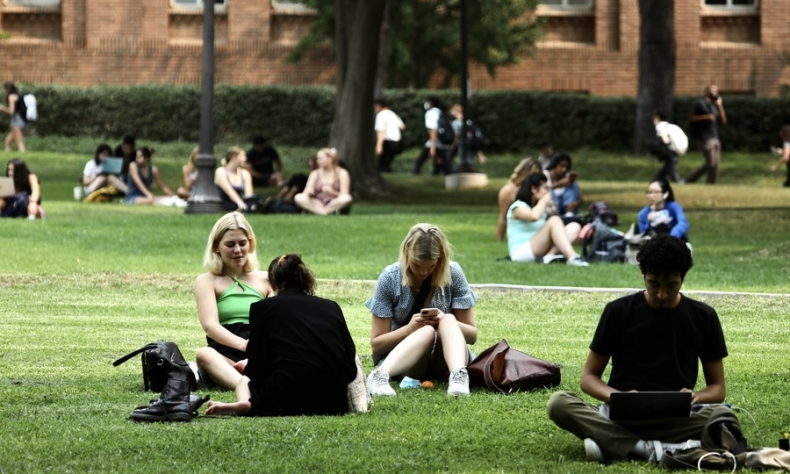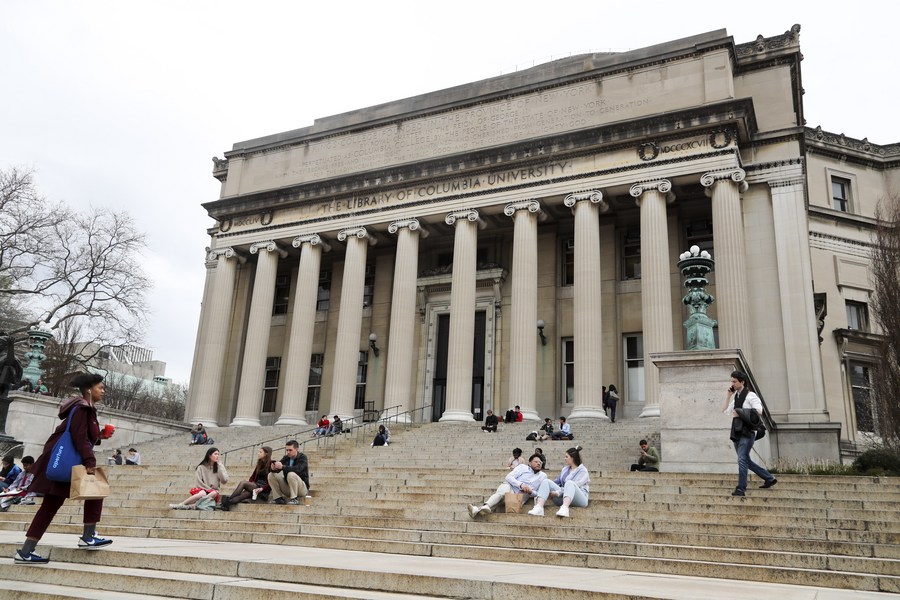Student Debts: The Death of the American Dream?

The wages of ordinary college graduates have not increased significantly compared with 20 years ago, and the accrued interest on student loans has made it very difficult for many to pay off their debts.
The two major powers on both sides of the Pacific Ocean, the United States and China, have one thing in common: Their people are willing to believe personal effort, not family background, determines one’s destiny. Most Americans and Chinese consider a college education as the ticket to achieving upward mobility.
For a long time, the Chinese admired, even yearned for, the U.S. higher education system. The U.S. possesses the world’s leading educational resources, both in quantity and quality. Eight U.S. universities feature in the top 10 of the THE (Times Higher Education) World University Rankings 2022. At the same time, the U.S. has always been the most attractive study destination for Chinese students. In the 2019-20 academic year, the number of Chinese undergraduate and graduate students studying in the U.S. reached 372,000, accounting for 35 percent of all international students in the country.
However, Chinese people often find it difficult to understand the huge tuition fees and living expenses American students have to bear. The U.S. News & World Report stated on June 8 that the nationwide average for a year of tuition and required fees at a private four-year college was $38,185 during the 2021-22 academic year, and the average tuition and fees at a public college came to $10,338 for in-state students and $22,698 for out-of-state students. Whereas in China, the tuition fee ranges between $500 and $800 per year and textbooks, meals and accommodation are all relatively cheap. For example, at Peking University, one of the top higher learning institutions in China, the average tuition for an academic year is about $750, and living in the dormitories will set you back less than $150 a year, making it affordable for most Chinese families.
In the U.S., many students rely on federal student loans. As of 2022, these loans totaled close to $1.75 trillion, according to official statistics, and their roughly 43 million borrowers have an average balance of over $31,100. The call to “solve the student loan crisis” has become louder and louder over the past two decades, and today’s high inflation rates are putting more pressure on borrowers’ loan repayments.

On August 24, President Joe Biden announced a three-part plan that will forgive $10,000 in federal student loan debt for most (low- to middle-income) borrowers. However, this doesn’t magically eliminate the problem of overburdened American students. Government funding alone is not enough to support the operation of public universities. The Education Data Initiative found that tuition at four-year public colleges in the U.S. had increased by 31.4 percent between 2010 and 2020, but Pell Grants, the subsidies the U.S. federal government provides for students who need it to pay for college that once covered nearly 80 percent of the cost of a four-year public college degree, now only cover a third. This has left many students with no other option but to go borrow more money—if they want to graduate.
Then there’s the fact that the American economy is no longer experiencing rapid growth. The wages of ordinary college graduates have not increased significantly compared with 20 years ago, and the accrued interest on student loans has made it very difficult for many to pay off their debts. If more and more children from low- and middle-income families can no longer afford to pay their college tuition fees and subsequently choose to give up on this possibly life-changing opportunity, this may signal the end of the American dream.
Whether in the U.S. or China, equality in education is a must. Equality focuses on ensuring students are presented with the same educational opportunities throughout their scholastic career. In recent years, the Chinese Government has been trying to narrow the gap in basic education between urban and rural areas, making sure more students from low-income families have access to higher education. Chinese universities may not have been able to cultivate as many world-class high-caliber talents as the top private schools in the U.S., but at least they can still give countless Chinese young people a chance to change their lives through their own efforts.
Work hard and send the kids to college so that the next generation can outdo the previous one. This is a shared aspiration of parents around the world. But to guarantee every citizen enjoys the right to education requires more efforts from the governments of all countries.
A better future should never be beyond one’s wildest dreams.
 Facebook
Facebook
 Twitter
Twitter
 Linkedin
Linkedin
 Google +
Google +










